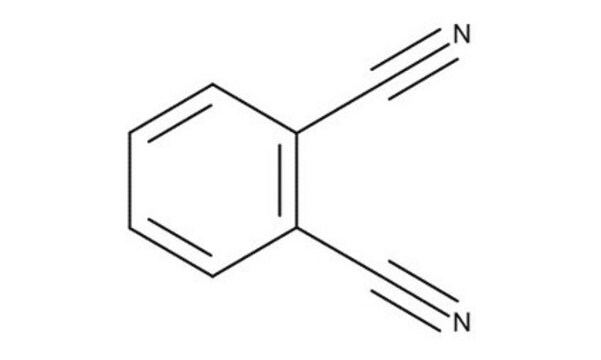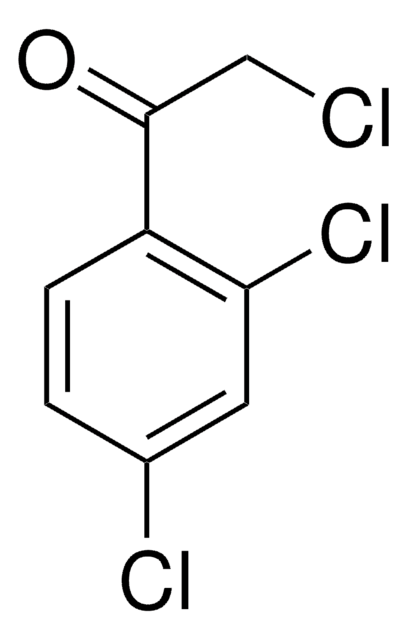208299
Cadmiumchlorid Hydrat
98%
Synonym(e):
Cadmium dichloride hydrate, Cadmium(2+) dichloride hydrate
About This Item
Empfohlene Produkte
Dampfdichte
6.3 (vs air)
Dampfdruck
10 mmHg ( 656 °C)
Assay
98%
Form
solid
Eignung der Reaktion
reagent type: catalyst
core: cadmium
Dichte
3.327 g/mL at 25 °C (lit.)
SMILES String
O.Cl[Cd]Cl
InChI
1S/Cd.2ClH.H2O/h;2*1H;1H2/q+2;;;/p-2
InChIKey
OISMQLUZKQIKII-UHFFFAOYSA-L
Suchen Sie nach ähnlichen Produkten? Aufrufen Leitfaden zum Produktvergleich
Signalwort
Danger
Gefahreneinstufungen
Acute Tox. 1 Inhalation - Acute Tox. 3 Oral - Aquatic Acute 1 - Aquatic Chronic 1 - Carc. 1B - Muta. 1B - Repr. 1B - STOT RE 1
Lagerklassenschlüssel
6.1B - Non-combustible acute toxic Cat. 1 and 2 / very toxic hazardous materials
WGK
WGK 3
Flammpunkt (°F)
Not applicable
Flammpunkt (°C)
Not applicable
Hier finden Sie alle aktuellen Versionen:
Besitzen Sie dieses Produkt bereits?
In der Dokumentenbibliothek finden Sie die Dokumentation zu den Produkten, die Sie kürzlich erworben haben.
Kunden haben sich ebenfalls angesehen
Artikel
Colloidal quantum dots (CQDs) are semiconducting crystals of only a few nanometers (ca. 2–12 nm) coated with ligand/surfactant molecules to help prevent agglomeration.
Unser Team von Wissenschaftlern verfügt über Erfahrung in allen Forschungsbereichen einschließlich Life Science, Materialwissenschaften, chemischer Synthese, Chromatographie, Analytik und vielen mehr..
Setzen Sie sich mit dem technischen Dienst in Verbindung.














